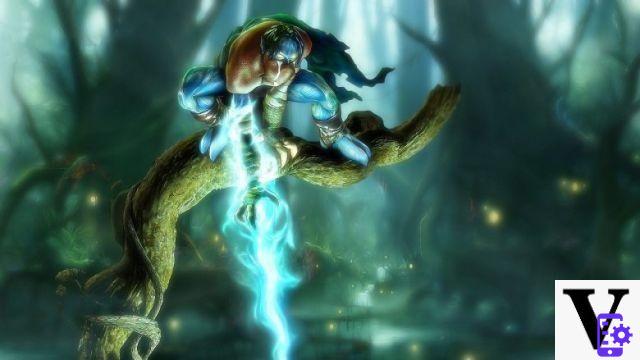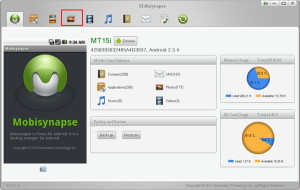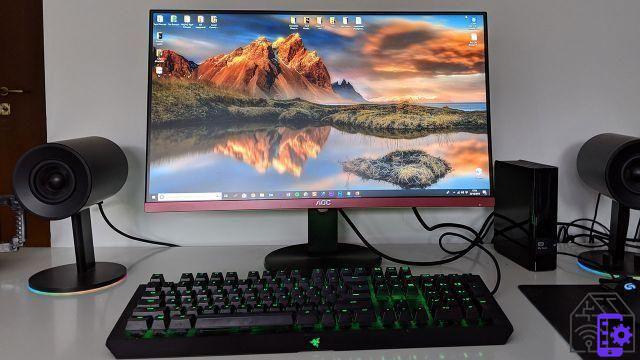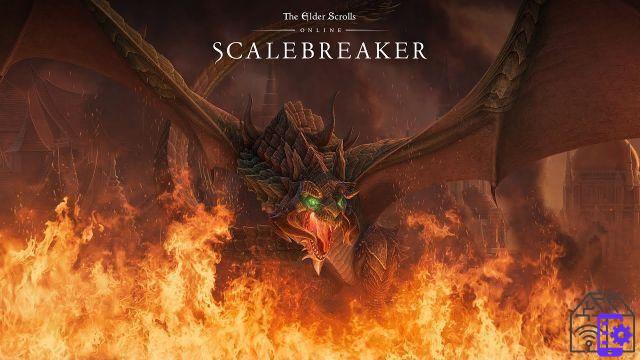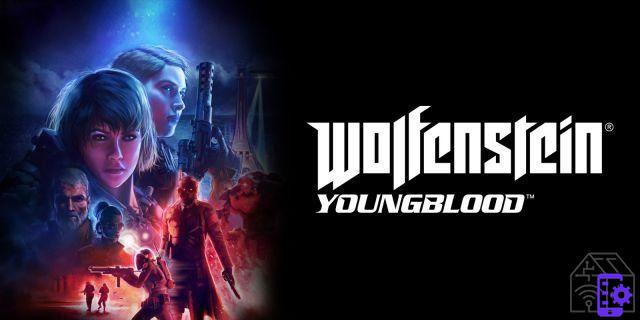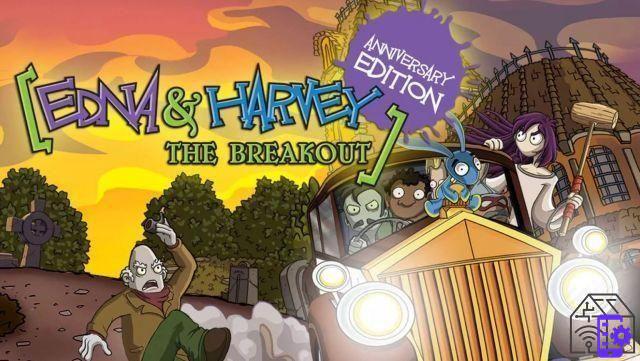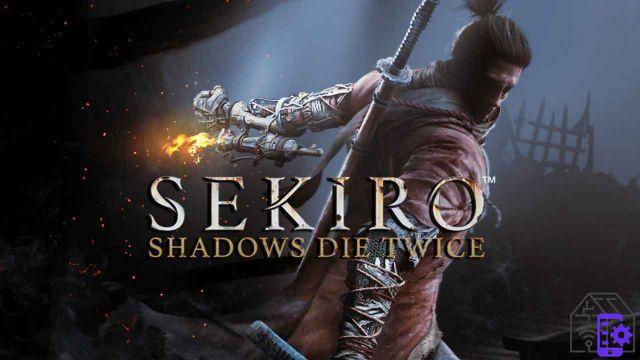
From Software gave birth to a new title. These few words are enough to make many of those who know its meaning well escape, or on the contrary, intrigue them, hearing the clash of weapons echoing in the struggles of the past and savoring the bitter taste of a almost endless series of bloody defeats. If you are among those who have decided to continue in the review, show once again that you have that courage that well characterizes the audience of players who have fallen into the trap of the Souls and Bloodborne, ready to face the new title that will cause insults of all kinds: Ax: Shadows Die Twice, published in collaboration with Activision, who has put his name on a game that will cause a lot of discussion, and we will explain the reasons immediately.
Not a soulslike, not an RPG
If the first question that arises in your mind is “how much does it look like the previous titles?”, We immediately give you a double answer. On the one hand no, it is not a soulslike, as many of the elements that characterize the classic role-playing game are missing, distancing themselves from the previous productions of From Software. On the other hand, the spirit that animates this title is not lost, starting with difficulties. Did you think you had shed every drop of tears and blood in previous games? You are wrong, and you would do well to recover some blood supply to prepare for this massive series of confrontations. The frustration and arduousness of playing a game are strongly back in vogue with Hidetaka Miyazaki, proposing a title even more difficult than previous works. Not a breath of fresh air, in short.
So let's go into this world dating back to Sengoku Jidai, the Warring States Period. We are in Japan, towards the end of the sixteenth century, one of the bloodiest moments in its history, where the war fails to subside and the blood flows freely. Here a young boy is taken under the protection of a warrior, who nicknames him Wolf, and we will discover to be the protagonist of this story. After twenty years of hard training and belonging to the clan Ashina, the man, now a shinobi, will no longer have anything that really belongs to him and will be called to perform a specific task: to take back his lord, Fuel, better known as the Divine Heir, stolen from him by the same opponent who cut off his arm. To remedy this misfortune, one of the many that punctuate the painful story of Sekiro, a prosthesis, the work of an unknown sculptor.
We will soon understand that this is not a mere artifice to try to balance the damned existence of the Wolf, but a real weapon, or rather of an effective and improvable support thanks to multiple tools that can make it useful in combat. Among these, we will have a katana available, Kusabimaru, given by Kuro himself, as well as a powerful ax to break through the opponent's shields, a flamethrower, as well as a shuriken-lance and many other no less intriguing accessories. The individual tools can then also be enhanced and modified, making the Wolf prosthesis one of the many important elements in the general progress of the game, as well as clearly for the development of the character.
Fighting not with strength, but with strategy
Not even a joy on the horizon? Let's not exaggerate: at least i tutorial there are, well detailed and descriptive, that do not leave us even for a second. We are accompanied to discover the various dynamics and features of the game, to better prepare us for the battles that will inevitably throw us into the dark oblivion of death quite frequently. Gameplay and combat system, in fact, while not necessarily revolutionary, they certainly are very original. As every war game teaches well, but even before the story itself, every fight is really won with the right tactics, not only thanks to brute force physics. For this reason, our decisions will be fundamental in terms of moving in the shadows, leaps from above, ambushes and strategies that we will consider potentially useful to defeat enemies by reducing the chances of game over.
That's not all: to further mark the differences, classic RPG elements are missing, such as the creation of the character, but there are no particular flaws about the level design, which has always been one of the workhorses of the software house. In Sekiro the desire to amaze with new breaking elements compared to the past: here we find a greater sense of verticality, given by the presence of grapple. This tool, able to make the character enjoy aagility and rather soft range of motion and absolutely dynamic, it is limited to only a few areas indicated on the screen, making this tool a kind of quite rare event, but for which it is absolutely worth staying and waiting to run into it as soon as possible.
Something new under the sun
Staying on the subject of dynamic movements, we cannot forget another novelty of Sekiro: the free jump, also used in combat, as well as to explore the game world, just like the aforementioned grappling hook. Two features that never cease to amaze us, in a broader view of the combat system, which we would dare to raise to the objective fulcrum of the entire game, a moment in which our strength, dedication and patience will be tested in every possible way; the Wolf is armed with his faithful Katana, the main instrument of damage, but also of defense, as well as the prosthesis we were talking about a moment ago.
The most innovative and important feature of Sekiro's combat system is the Posture, the bar to which we must look in a particular way, as much and perhaps even more than the life bar. Filling an opponent's Posture is synonymous with imbalance and exposure to a deadly attack. The same thing, however, also applies to us: if our gauge is full, we will suffer major damage. Parrying certainly prevents damage to the life bar, but it does not avoid damage to this stat. What to do then? The best way to avoid damage and also affect the opponent's Stance bar is deflect enemy attacks with a perfect parade.
Blood red snow
Moving now to the front reserved for the more technical aspects, we cannot refrain from observing the objective beauty of graphic sector, where artistic backgrounds, poetic colors and very plausible flames surround what becomes a unique battlefield in the mountains of Japan. Here the whiteness of the snow soon knows the vermilion red of the blood that will sprinkle from the arteries of our opponents and the monsters we will meet, sometimes with details with a vague scent of splatter, but which on the other hand are an integral part of that world steeped in cruelty that unfolds. under our eyes.
Considerable help is given by the framerate which does not give any problems whatsoever and allows us to better face the various clashes, sustained with different weapons, whose beauty will also be in the sound effects that accompany every single fight. In these moments we will be able to hear the clash of swords and the screams of opponents in a very realistic and natural way, increasing the involvement in the game.
Unfortunately it is not lacking some small graphic mole: the font size it is really reduced to a minimum, making it really difficult to read the text and subtitles of the dialogues from a suitable distance from the screen. Even the graphics settings in the menu are not particularly fresh and captivating, partly recalling the somewhat rigid and not very creative division of the screens in the various Nobunaga’s Ambition. Similarly, the camera follows us with fluidity and softness in every moment of the fight, allowing us to better analyze the battlefield in the immediate circumstances, even if it was not too convincing in some moments: sometimes it is blocked in the movements, especially in the shots while we are in narrow places or close to corners, where we would need to look around the best. Not particularly satisfying is also the dubbing of the narrator in the localization of the dialogues, which is rather artificial and not engaging enough.
The theme of the game over he stands in front of us without reservations, making us feel helpless in the face of an AI who doesn't want to be lenient and give us a chance. Regardless of how many defeats we can suffer, we are facing a victory from From Software, thanks to a title that has one brilliant conception of the whole universe and its inhabitants, whether they are enemies or NPCs, whether it be battles or survival techniques, weaving an ever finer, complex and elaborate plot to search in vain for survival.
So a double-sided medal, this difficulty so accentuated and growing as you advance in the game: if on the one hand it distinguishes Sekiro from other titles on the market, it reminds us of the pains of a no-oh or Bloodborne's curses. Unlike a myriad of games where the choice of difficulty level is sometimes extreme to a handful of options, here the primordial law of survival of the fittest dominates unchallenged, making the blades become the real protagonists, decreeing victories and defeats often difficult to accept.
Sekiro: Shadows Die Twice
Pro 
- Definitely complex ...
- Graphics with a refined and realistic line
- Optimal world extension and longevity
Cons 
- ... perhaps a little too complex
- Repetitiveness in actions
- Excessive focus on combat












